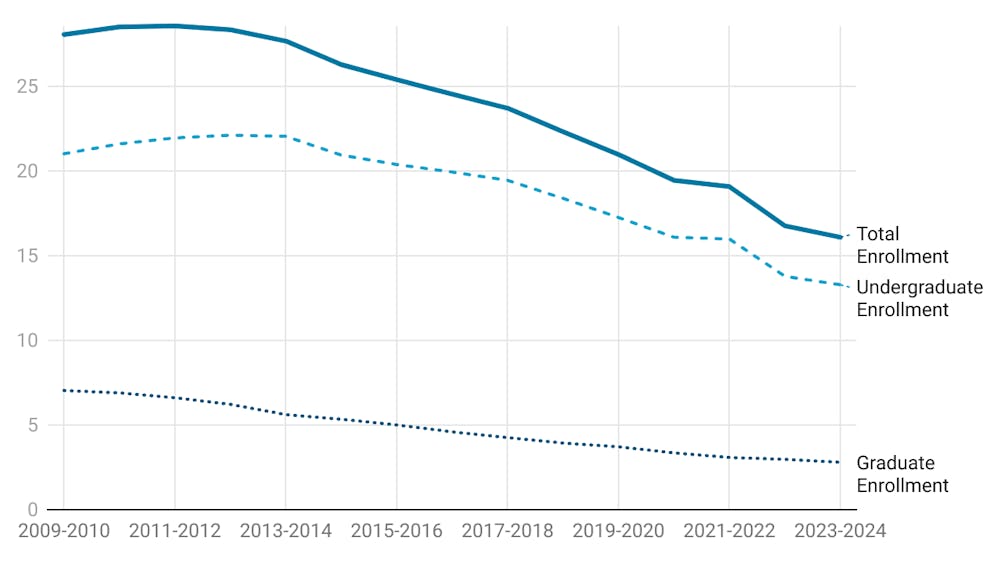Self-esteem problems and not feeling adequate are a gloomy reality for most women. Everywhere, we are faced with pictures of stick-thin models and ads for the latest and craziest fad diets. Starting at early childhood, girls play with Barbie dolls who have long legs, perfect thigh gaps, large breasts and flowing blonde hair.
Finally, a more realistic doll has hit the market place: The Lammily Doll.
This doll is similar to Barbie, but has a much more realistic body. She is modeled to look like the average 19-year old female. She even comes with stickers such as acne, stretch marks, tattoos and glasses.
How could one really know, though, if their image problems were a result of Barbie? Sure girls don’t usually look at a Barbie and think, “Wow, why don’t I look like that?” but I believe this is the problem.
These body image issues are institutionalized and not something anyone thinks about. The publicity Lammily has received in itself is astonishing. It should make us ask why it’s such a big deal. Why is it so unheard of for a doll to be anything but flawless? The simple idea that a doll must be perfect to be sold without controversy is prolonging the problem.
A realistic doll is an amazing idea. Of course some girls want to play fantasy with a perfect princess and that’s okay, but some want a doll they can relate to. And they should have that option. Being able to put acne stickers on their doll and portray their own life can be beneficial in many ways.
An extreme example of this would be when a family member dies and a child is left behind, psychologists encourage the child to act out their emotions through toys. Having a more realistic doll allows kids to do something similar by helping them work out the problems of their everyday lives.
Naturally, children want to be like the characters portrayed to them on the movie screen, on TV and in their toys. We can all attest to this from the Cinderella phenomenon which has left thousands of women basing their prom and bridal dresses on the princess. Why do we need to tell children that they have to be perfect to be valued? We should tell them they are worthy of a story too, even if they don’t have the perfect hour-glass figure. The Lammily doll gives kids someone to be like who is realistic. It teaches children that even if they’re not perfect, they’re still worthy.
Most importantly of all is that the Lammily doll promotes equality. There are going to be kids who want to play with Barbie and that’s fine, but a perfectly stick-thin doll shouldn’t be their only option. Showing kids that realistic dolls are cool to play with will only help promote body acceptance, no matter their size.









